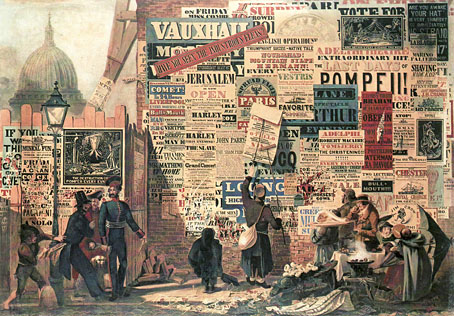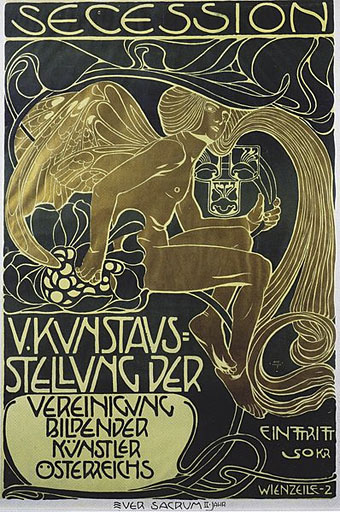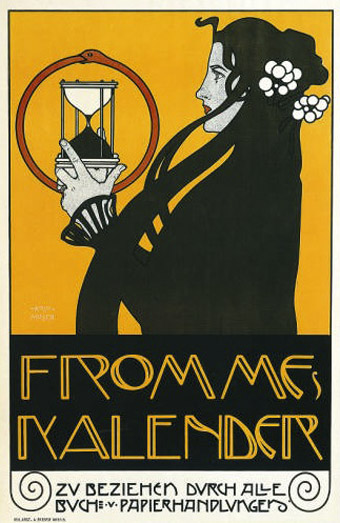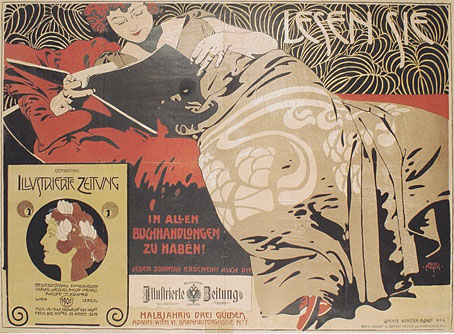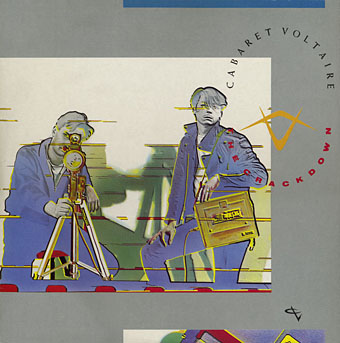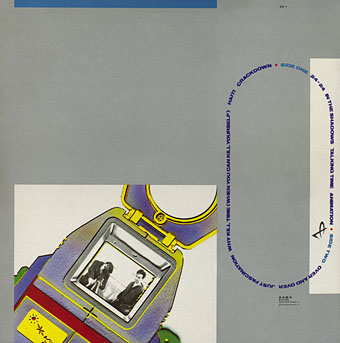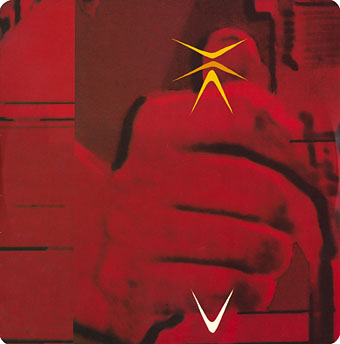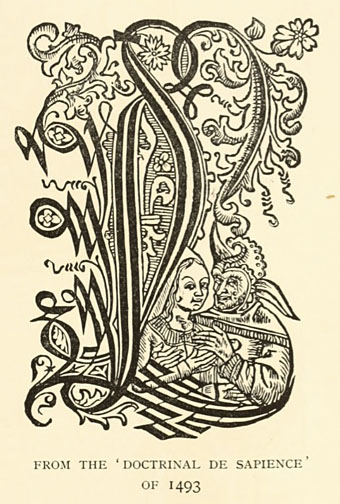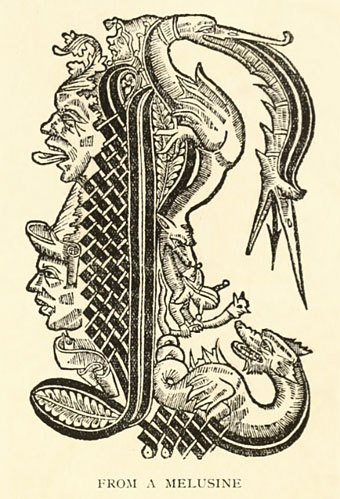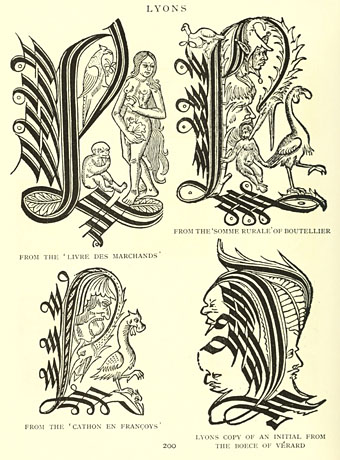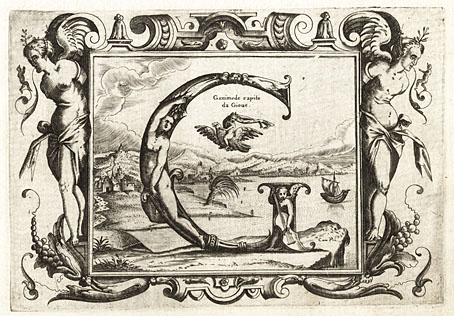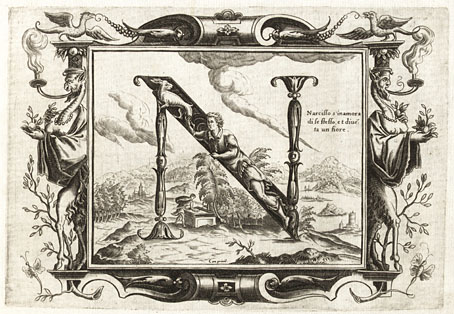A London Street Scene (1840) by John Parry.
If any painting requires the attentions of the Google Art Project it’s this depiction of a bill poster going about his work by John Orlando Parry (1810–1879). I know this from a cropped view (see here) which shows the care Parry applied to details of typography and the layering of the posters. There’s also some humour with the pickpocket boy on the left, and the artist himself as the subject of one poster in the centre of the picture. Wikipedia has a large version here but it’s too washed-out and blurred to be any use. For a view of the genuine article at work, see this LSE Library photo.
A note about the painting’s date: online sources give 1830 but the copy I have in a book from the V&A says 1840.

